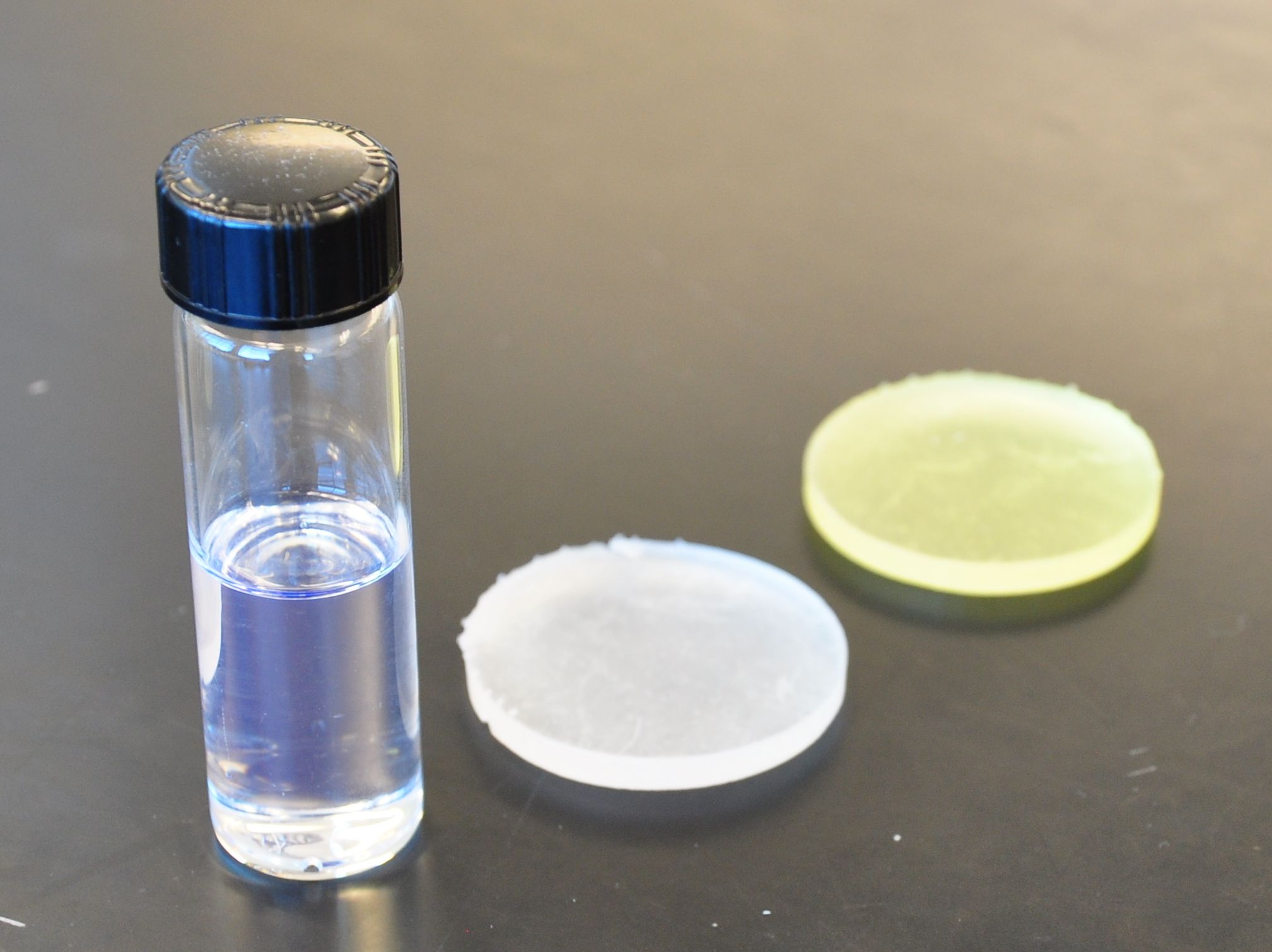
3-D printers, all the rage in recent years for their ability to simply and affordably create a multitude of items, may have a dark side: New research suggests some of the materials they use are toxic to fish and perhaps other animals as well.
The story began when Shirin Oskui, a graduate student at the University of California, Riverside, used a 3-D printed, custom-shaped disk to help analyze zebra fish embryos in her lab last year. But she discovered that the material killed the baby fish, in very short order.
So Oskui and her adviser, William Grover, a bioengineer and assistant professor at UC Riverside, set out to better understand what had happened. They decided to test the toxicity of products made from two of the most popular 3-D printers currently on the market, a Dimension Elite printer made by Stratasys and a Form 1+ stereolithography printer made by Formlabs. The former uses melted plastic to make parts, while the latter uses liquid resin that is hardened by shining an ultraviolet light onto it.
The team, including others at the university, found that both types of plasticky material were relatively toxic to fish embryos, but that the latter was significantly worse, Grover says.
These materials "were pretty acutely toxic"—fish embryos die soon after coming into physical contact with them, Grover says. "We were pretty surprised [by] this and thought other people should know about it."
This is the first work of its kind to look at whether or not these products are toxic to wildlife, Grover says, which is a bit concerning, considering the field is booming and these materials are becoming more and more prevalent. The 3-D printing sector was worth $2.5 billion in 2013 and is projected to grow to $16.2 billion in the next three years, according to industry-tracking group Canalys.
It isn't currently clear what this means for wildlife in the real world. Could this material leech harmful chemicals into waterways? What's the best way for disposing of 3-D printing material? Grover says his team and collaborators hope to address those questions in the future.
Zebra fish embryos are often used in toxicological work, though, and are a good model for understanding a substance's likely effects on other fish. If this 3-D printing material "hurts zebra fish embryos, it would probably hurt a lot fish embryos in an environmental context," Grover says.
The team found that by shining an ultraviolet light on the resinous 3-D printing material, they slightly reduced its toxicity, a step that may be used in the future to more safely dispose of it, he adds.
Uncommon Knowledge
Newsweek is committed to challenging conventional wisdom and finding connections in the search for common ground.
Newsweek is committed to challenging conventional wisdom and finding connections in the search for common ground.
About the writer
Douglas Main is a journalist who lives in New York City and whose writing has appeared in the New York ... Read more
To read how Newsweek uses AI as a newsroom tool, Click here.








